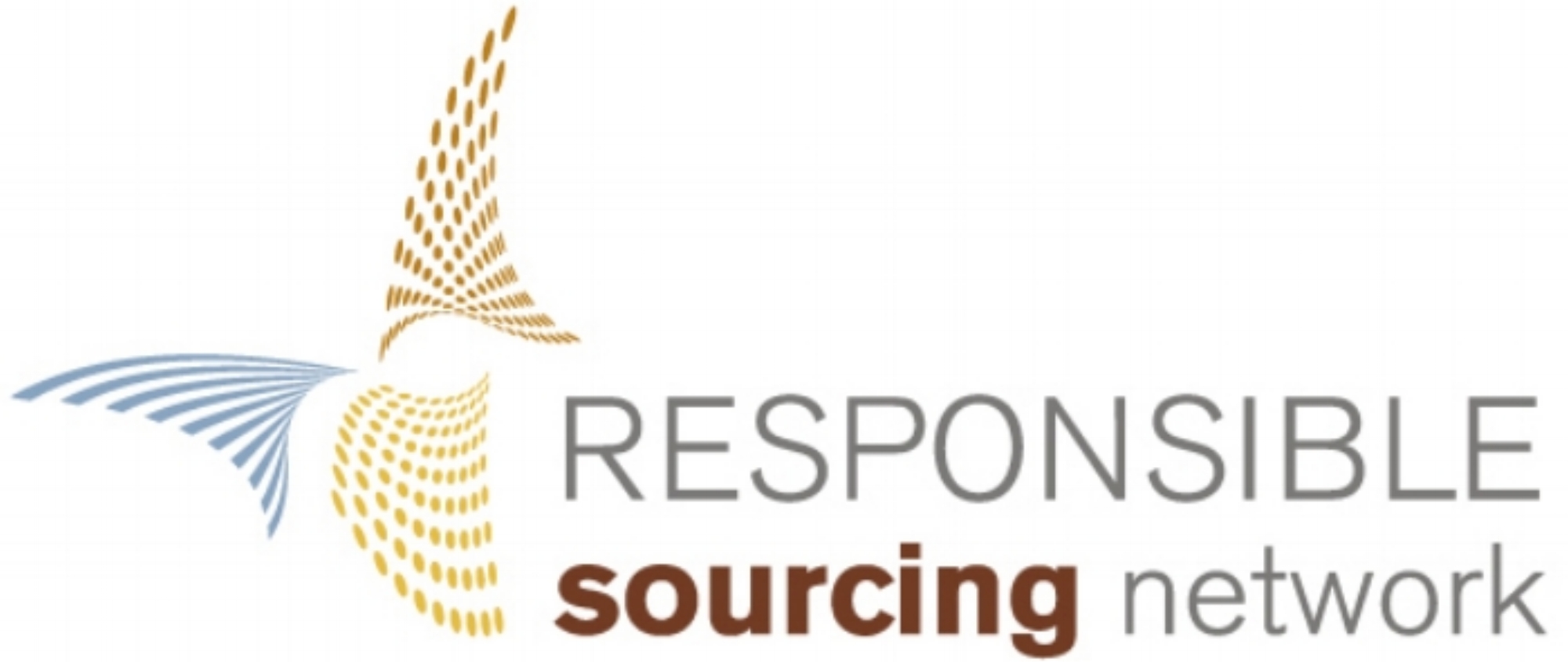10th November 2011
Uzbek cotton: Time to drive child labour from value chains
A child free zone by Patricia Jurewicz
Stronger legislation and successful awareness raising are helping in the fight to eradicate child labour from cotton’s supply chain, says Patricia Jurewicz
During the recent International Cotton and Textile Fair in Tashkent, not a single western buyer signed a contract for Uzbekistan’s cotton, according to a report in the Wall Street Journal. This boycott demonstrates the strength of a pledge signed by more than 60 apparel manufacturers, brands and retailers to eliminate forced child labour in the cotton industry.
Many companies have implemented policies banning Uzbek cotton from their value chains and some have started to pilot or adopt value chain traceability practices to enforce these policies.
Still, tracing the origin of cotton fibre remains a challenge for the industry. According to the WSJ article, Russian buyers bought 40% of the Uzbek cotton available during the fair, with the remaining 60% going to buyers in China, Bangladesh, Vietnam, Japan, United Arab Emirates, Iran, Turkey, Pakistan, South Korea and Singapore.
Child labour scrutiny
Since the cotton passes through the opaque hands of numerous traders, spinners, weavers and sewers before it is packaged and sold, this cotton could eventually find its way into shirts or socks in western markets.
Now is the time for fashion industry leaders to scrutinise their value chains down to the dirt. It’s been nearly five years since retailers first started speaking out against forced child labour in Uzbekistan and we need to continue to make change through the power of unified coalitions.
Having buy-in throughout the entire global value chain, where all of the dots are connected, is essential. The time of transparency has come. Consumers and legislation are demanding it.
Consumers are demanding to know more about the goods they are purchasing and, thankfully, new technologies are being adopted to give this information to them right at the point of purchase.
Appropriate technology
An app from GoodGuide allows consumers to use a smartphone’s built-in camera to scan product barcodes and receive ratings regarding health, environment and social responsibility. Other emerging platforms include a crowd-sourced directory of product value chains and carbon footprints through SourceMap. And Free2Work just introduced an app that rates companies based on their efforts to address forced and child labour in its value chains.
Other websites looking to provide more data on human rights and/or environmental sustainability in product value chains include Products of Slavery, Slavery Footprint, Earthster, FootPrinted, Sustainable Apparel Coalition and the Sustainability Consortium.
Soon it will not just be socially responsible investors or NGOs who are ranking and rewarding companies for their environmental, social and governance efforts. Consumers will be able to reward companies at the checkout counter as well. Be forewarned: it’s a matter of months if not days.
Transparency demands
Furthermore, US legislation is starting to demand more transparency. The California Transparency in Supply Chains Act (SB 657) applies to retail sellers and manufacturers operating in California with over $100m in annual worldwide gross receipts. These companies will be required to publicly disclose their efforts to eradicate slavery and human trafficking from their direct value chains for tangible goods beginning in 2012. A similar law is now being introduced at the US federal level (HR 2759).
For companies to address the violations in Uzbekistan, comply by the California law and prepare themselves for greater disclosure for consumers, they will need to strengthen their relationships with the other participants buried in their value chains.
A first step is to understand the challenges of the spinning factories and textile mills.
Why not visit the spinning, weaving or knitting factories and talk to the staff. Are they using Uzbek cotton? What characteristics do they like about it? Do they have alternatives so they don’t have to buy it? What are their biggest obstacles to overcome so they stop purchasing Uzbek cotton?
Cooperate with mills
Working on the Uzbek cotton issues for the past five years, Responsible Sourcing Network (RSN) recently started Strategic Mills and Spinners Initiative (SMSI), a project to address these questions.
RSN is coordinating a group of companies to approach an aggregated list of mills to start working through the challenges of identifying and avoiding Uzbek cotton. More companies are invited to join, since addressing issues at the conventional cotton harvesting level and tracing it through the complex global value chain is too burdensome for any one company to resolve alone.
We’ve just witnessed the power of partnerships in our coalition of the 60 brands signing the pledge coupled with a half dozen NGOs working to end child slavery. The result: not one western contract for Uzbekistan cotton.
Technology, legislation, and momentum around egregious abuses make the time ripe to start creating an industry-wide transparent accountability process. Now is the time to commit to breaking the slavery chain secretly imbedded in the value chain. Together, we can take real action.
And then, just hopefully, this will be the last editorial you’ll read on forced child labour in Uzbekistan.
Patricia Jurewicz is the director of the Responsible Sourcing Network .The Responsible Sourcing Network is a project of As You Sow. RSN’s mission is to foster global value chains that are accountable to the people and natural habitats they touch at the raw commodity level. RSN is presently working to end forced child labour in Uzbekistan’s cotton industry, and transform the conflict minerals trade in Democratic Republic of the Congo.
